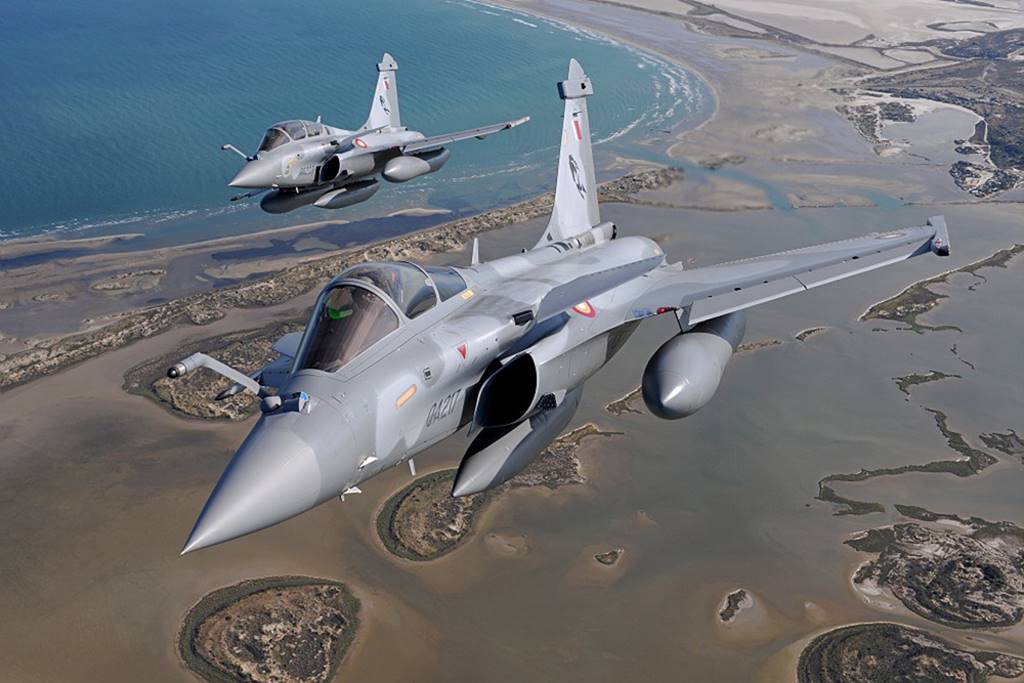Serbia’s Rafale Fighter Jet Acquisition May Stall if It Joins BRICS
Serbia's decision to purchase French-made Rafale jets is seen as a desperate attempt to revive its economy by strengthening ties with European countries and advancing its bid to join the European Union (EU), while simultaneously distancing itself from Russia and China—its long-time allies.
(DEFENCE SECURITY ASIA)– In September, Serbia committed to spending €2.7 billion (RM12.88 billion) to acquire 12 Rafale fighter jets from French manufacturer Dassault Aviation.
The move surprised many, as the Balkan nation is traditionally known for relying on military equipment from Russia and China.
Serbia’s decision to purchase French-made Rafale jets is seen as a desperate attempt to revive its economy by strengthening ties with European countries and advancing its bid to join the European Union (EU), while simultaneously distancing itself from Russia and China—its long-time allies.
However, this acquisition has raised new questions after Serbia recently indicated its interest in joining BRICS, an economic bloc led by Russia and China, alongside India, Brazil, and South Africa.
Though BRICS is primarily an economic organization, membership carries political, diplomatic, and military implications.

On October 13, Serbia’s Deputy Prime Minister Aleksandar Vulin stated that BRICS now presents a genuine alternative to EU membership.
Vulin highlighted that Serbia finds the EU’s strict membership conditions—such as requiring candidate countries to impose sanctions on Russia for its invasion of Ukraine—challenging to meet.
While Serbia has condemned Russia’s actions in Ukraine, it has neither joined the EU nor imposed economic sanctions on Moscow.
In contrast, BRICS imposes no such stringent conditions on prospective members, making it a more appealing option for Serbia.
Choosing BRICS membership, however, could jeopardize Serbia’s planned acquisition of the French Rafale jets.

Regional defense analysts have long anticipated that Serbia may face challenges in integrating the Rafale into its air defense system, which relies heavily on Russian and Chinese platforms.
Serbia recently acquired the Chinese HQ-22 air defense system and Russia’s Pantsir air defense system.
Incorporating the Rafale into the Serbian Air Force might present significant compatibility issues.
Additionally, the MiG-29 remains the backbone of Serbia’s air force, and the country also operates six armed CH-92A drones and 18 missiles, supplied by China.

Serbia’s close ties with China are further evident through its active participation in China’s Belt and Road Initiative, with President Aleksandar Vučić paying an official visit to Beijing last year to meet President Xi Jinping.
As Serbia deliberates whether to proceed with the Rafale purchase or align more closely with BRICS, analysts note that the country has other fighter jet options.
Serbia could consider acquiring 4.5-generation fighters from Russia or China, such as the J-10C or the Su-35. — DSA



Comments are closed.